Prunus Amygdalus (Almendro)
Prunus Amygdalus, commonly known as the Almond Tree, is a deciduous tree renowned for its stunning springtime blossoms and valuable almond nuts. Originating from the Middle East and South Asia, the tree has become widely cultivated in temperate regions around the world. In early spring, before the leaves appear, the tree bursts into bloom with delicate, pale pink to white flowers, creating a breathtaking display. Following the flowering period, the tree produces green, velvety fruits that mature into hard-shelled almonds by late summer or early fall.
Size and packaging guidelines

Fermentum scelerisque hendrerit parturient nullam enim lobortis litora parturient dictumst.
Potenti a quisque tincidunt venenatis adipiscing parturient fermentum nisl tincidunt amentu.
Scelerisque conubia lobortis a condimentum ad eleifend dui integer maecenas habitant nostra.
| Specification | Chair | Armchair | Sofas |
| Height | 37" | 42" | 42" |
| Width | 26.5" | 32.5" | 142" |
| Depth | 19.5" | 22.5" | 24.5" |
| Assembly Required | No | No | Yes |
| Packaging Type | Box | Box | Box |
| Package Weight | 55 lbs. | 64 lbs. | 180 lbs. |
| Packaging Dimensions | 27" x 26" x 39" | 45" x 35" x 24" | 46" x 142" x 25" |
- Botanical Name: Prunus amygdalus
- Common Name: Almond Tree
- Mature Height: 10-15 feet (3-4.5 meters) can grow taller in ideal conditions
- Mature Spread: 10-15 feet (3-4.5 meters)
- Growth Rate: Moderate
- Light Requirements: Full sun
- Soil Requirements: Well-draining, sandy to loamy soils; prefers slightly alkaline to neutral pH
- Water Needs: Moderate; drought-tolerant once established
- Foliage: Deciduous, lance-shaped, green leaves
- Flowers: Pale pink to white blossoms, appearing in early spring before leaves
- Fruit: Green, velvety drupes that mature into hard-shelled almonds by late summer
Uses:
- Culinary: Almonds are highly nutritious and versatile, used in baking, cooking, and as a snack. They can be eaten raw, roasted, or processed into almond milk, butter, and oil.
- Ornamental: The tree’s springtime blossoms make it a beautiful ornamental addition to gardens and landscapes.
- Edible Landscaping: Almond trees can be incorporated into edible landscapes, providing both beauty and a valuable harvest.
- Pollinator Attraction: The blossoms attract bees and other pollinators, benefiting the surrounding ecosystem.
Benefits:
- Nutritional Value: Almonds are rich in healthy fats, protein, vitamins, and minerals, making them a valuable addition to a balanced diet.
- Health Benefits: Almonds support heart health, provide energy, and contribute to skin and hair health due to their high nutrient content.
- Aesthetic Appeal: The tree’s early spring blossoms offer a striking visual display, adding seasonal interest to gardens and landscapes.
- Drought Tolerance: Once established, almond trees are relatively drought-tolerant, making them suitable for water-conscious gardens.
- Economic Value: Almonds are a high-value crop, offering potential economic benefits for home gardeners and small-scale farmers.
Prunus Amygdalus is a rewarding tree that offers both ornamental beauty and the practical benefit of producing delicious, nutritious almonds. Whether planted for its stunning spring blooms or for its valuable nuts, the Almond Tree is a versatile and valuable addition to any garden or orchard.
Debes acceder para publicar una valoración.
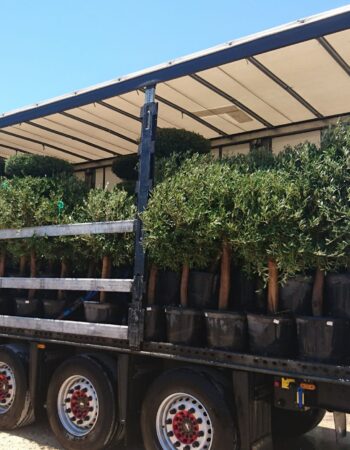
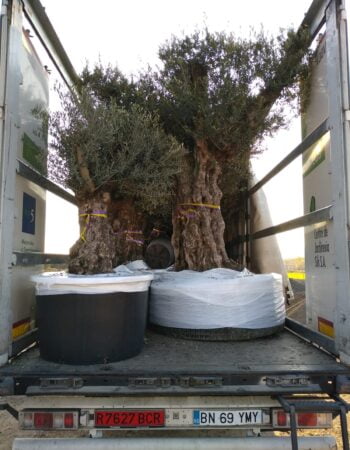
CAREFUL TREE TRANSPORTATION
At Treezom, we take great care in transporting your trees to ensure they arrive in perfect condition. Our expert team uses various methods, depending on the size and volume of the order, to provide safe and efficient delivery. Whether you're ordering a single tree or a bulk order, we guarantee high standards of handling and care throughout the process.
MULTIPLE SHIPPING METHODS
- Truck Delivery: Ideal for local or regional deliveries, ensuring a smooth and timely shipment of your trees directly to your location.
- Sea Containers (20’ or 40’): Perfect for larger orders or international shipping. Our sea containers are equipped to handle bulk shipments with optimal protection.
- Other Customized Solutions: Depending on the size and nature of your order, we can offer tailored shipping methods to meet your specific needs.
No matter the shipping method, we use specialized packaging and handling procedures to protect the trees during transit, ensuring they arrive healthy and ready for planting.
Below, you’ll find key tips tailored to this species’ requirements. Whether you’re new to plant care or have plenty of experience, these guidelines are here to support you in keeping your green companion healthy and vibrant.
- Planting:
- Choose a sunny location with well-draining soil.
- Plant in a hole twice the width of the root ball and equal in depth.
- Water thoroughly after planting and apply mulch around the base to retain moisture and regulate soil temperature.
- Watering:
- Water regularly during the first few years to establish deep roots.
- Once established, the tree is relatively drought-tolerant but will produce better yields with consistent moisture.
- Deep watering is recommended, particularly during the growing and fruiting season.
- Pruning:
- Prune annually in late winter or early spring to maintain structure, remove dead or diseased wood, and promote air circulation.
- Thin out crowded branches to allow sunlight to penetrate the canopy, enhancing fruit production.
- Shape the tree to maintain an open center, which helps in preventing diseases.
- Fertilizing:
- Apply a balanced, slow-release fertilizer in early spring.
- Additional feeding may be required during the growing season, especially in nutrient-poor soils.
- Follow the manufacturer's instructions for application rates.
- Pest and Disease Control:
- Monitor for common pests such as aphids, spider mites, and scale insects.
- Use organic or chemical treatments as needed to manage infestations.
- Prevent fungal diseases like leaf curl and blight by ensuring good air circulation and avoiding overhead watering.
*This information is provided for informational purposes only. For more detailed care, please consult a professional Gardener or Arborist.


 SINGLE TREE
SINGLE TREE OUTDOOR POTS
OUTDOOR POTS










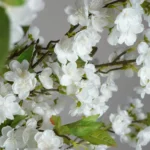
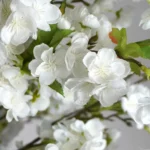
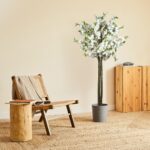



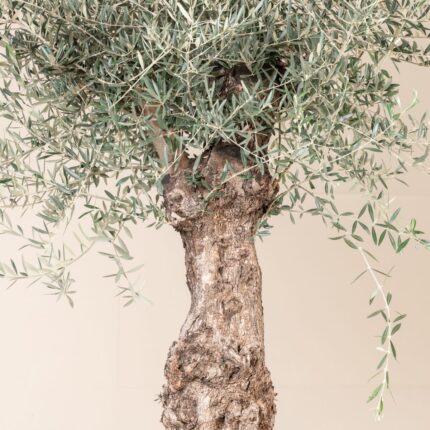
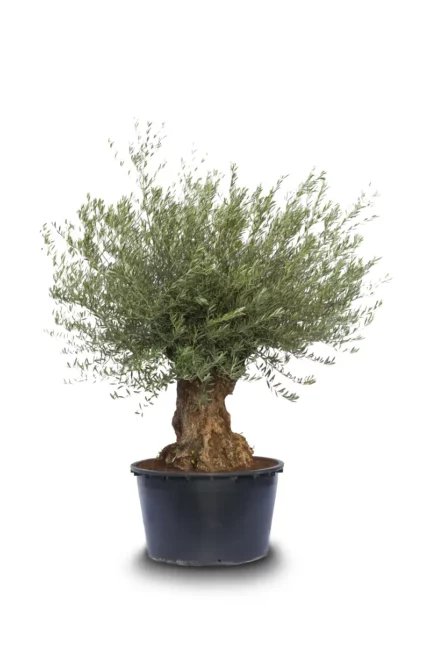

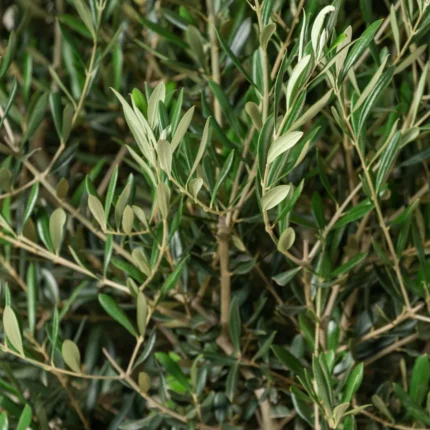
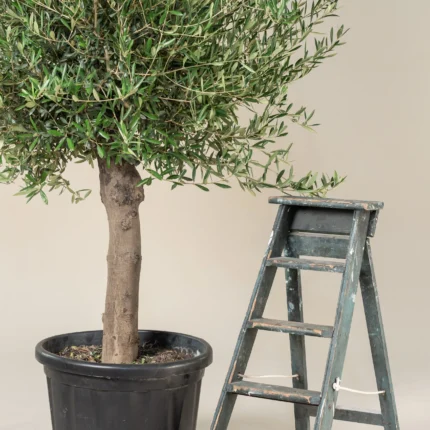






 Single Tree
Single Tree
Valoraciones
No hay valoraciones aún.